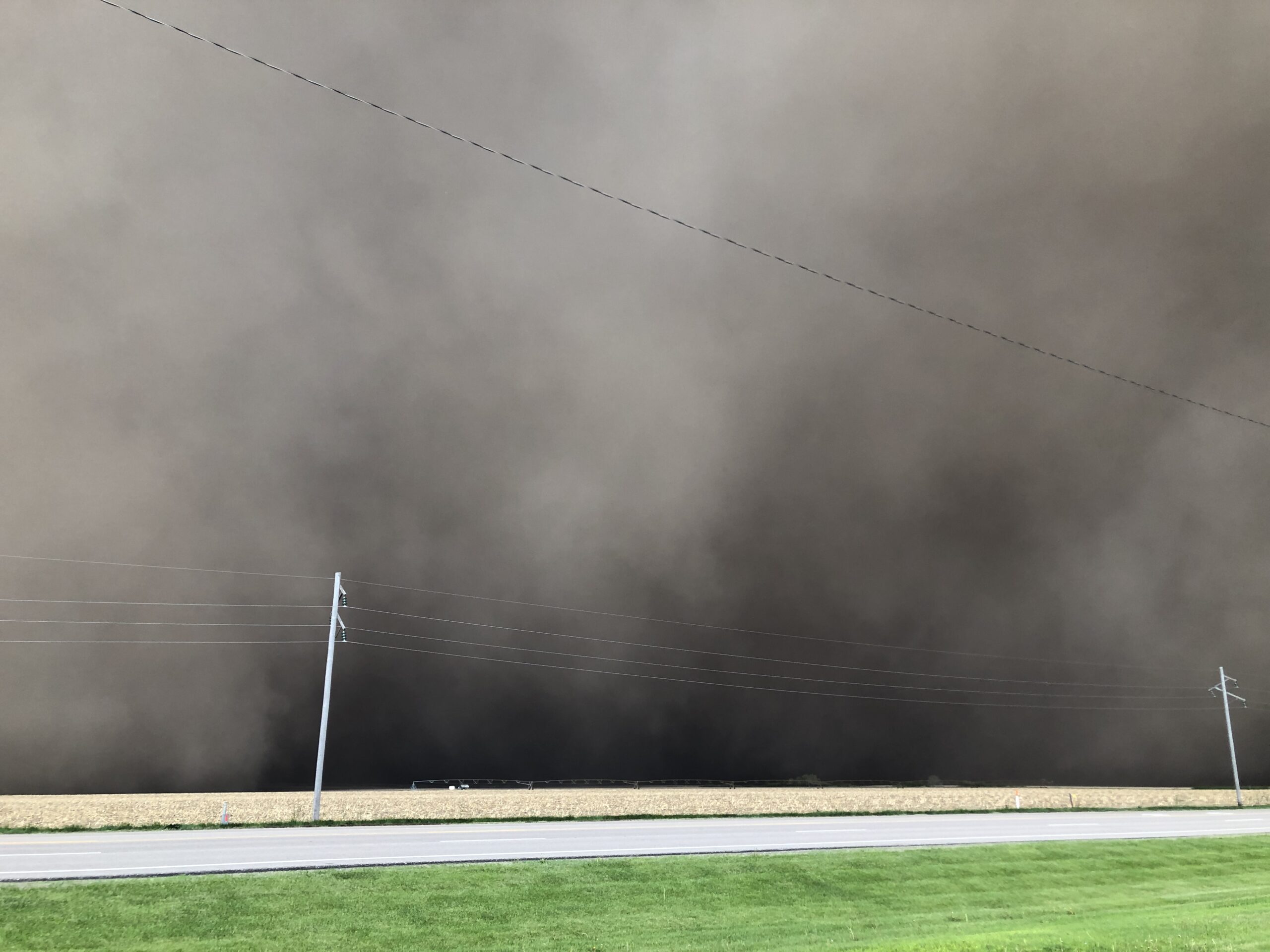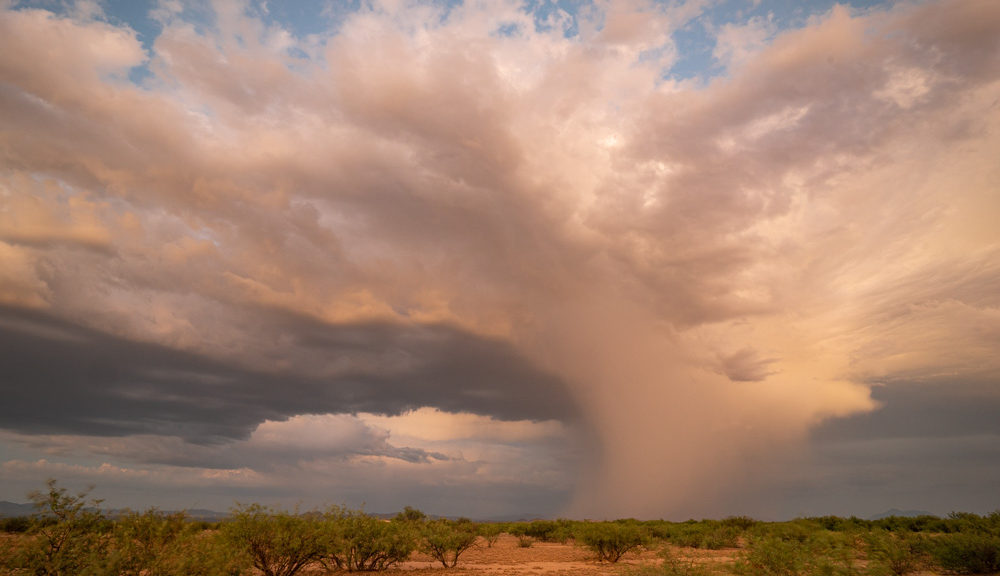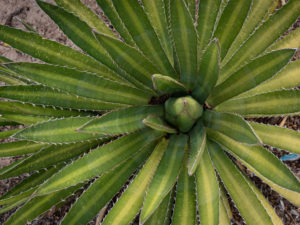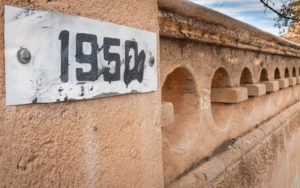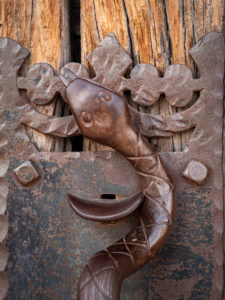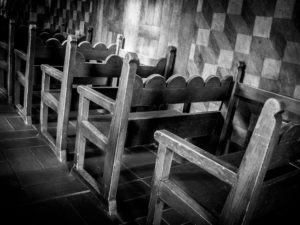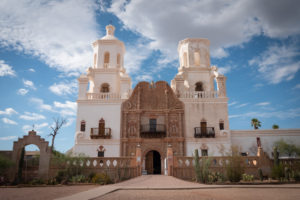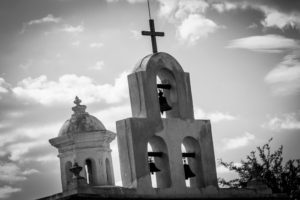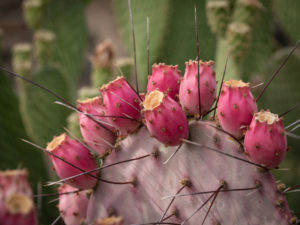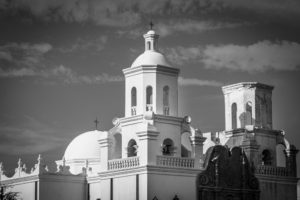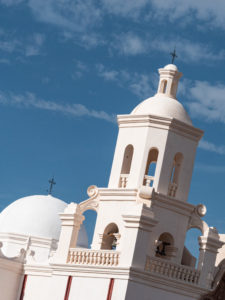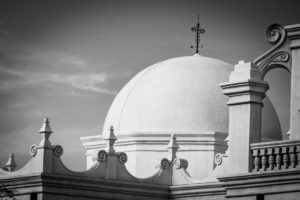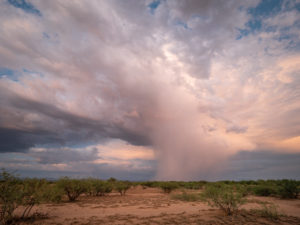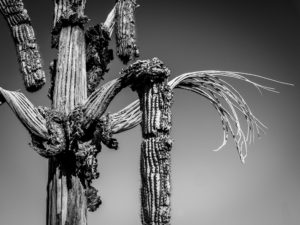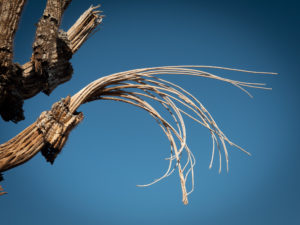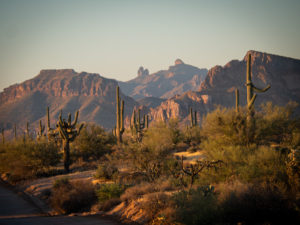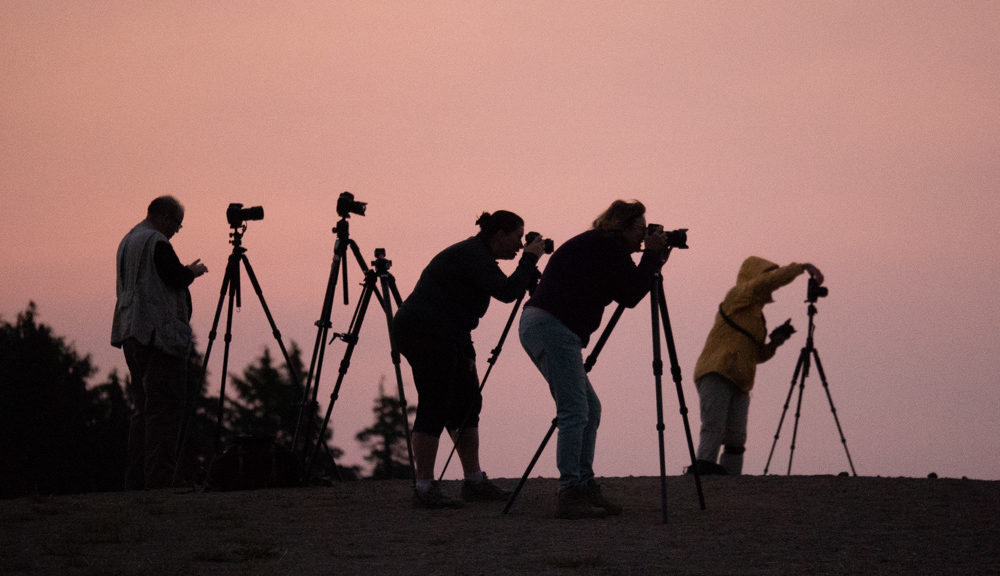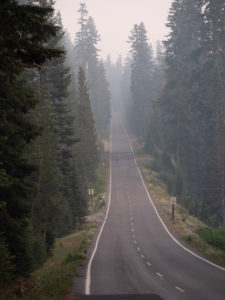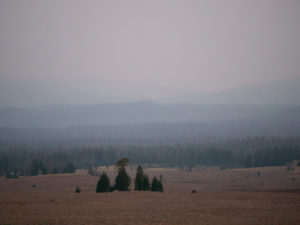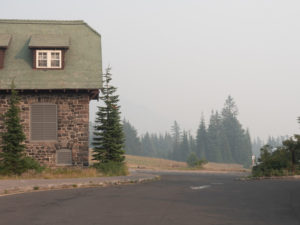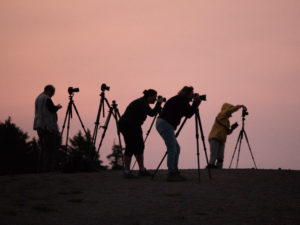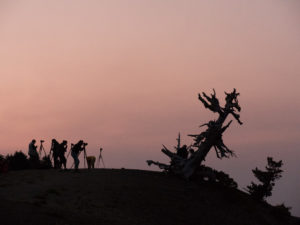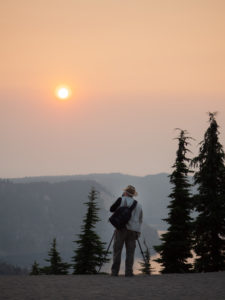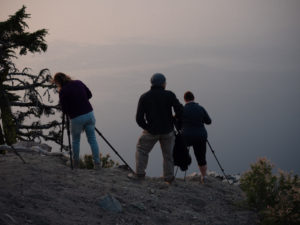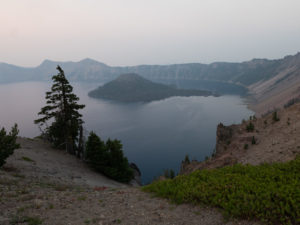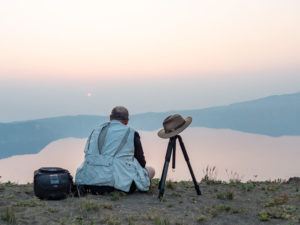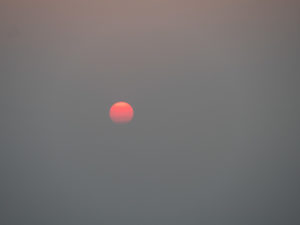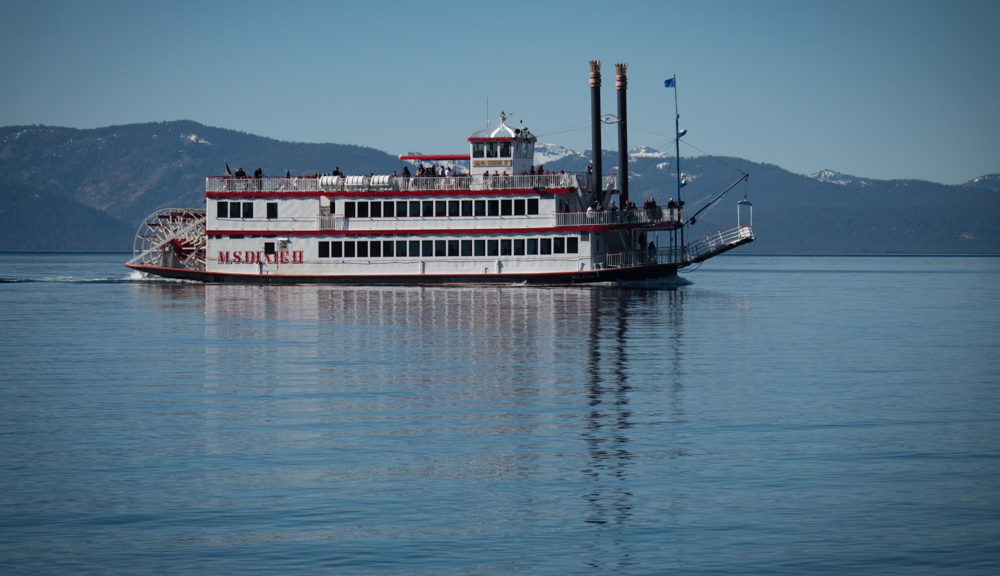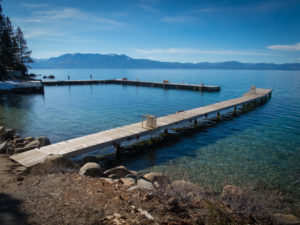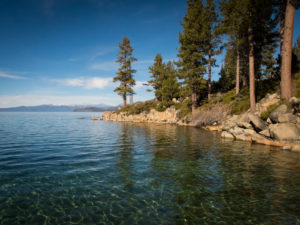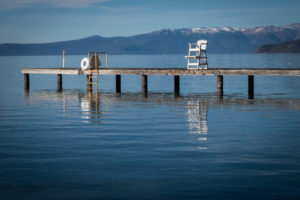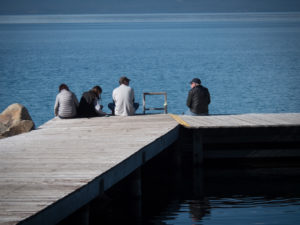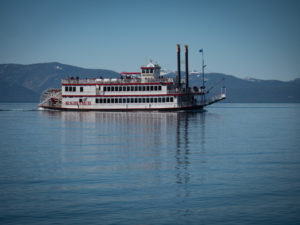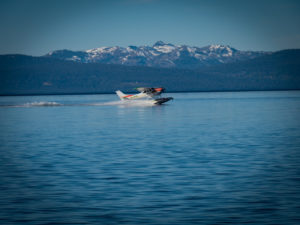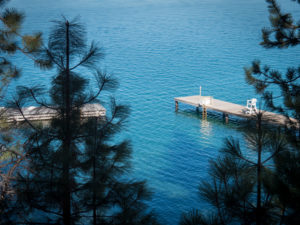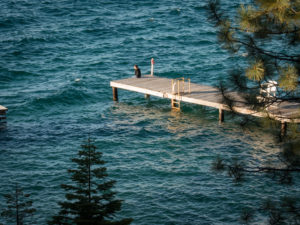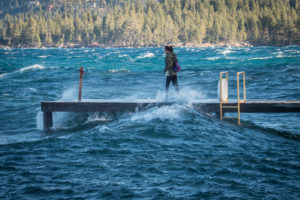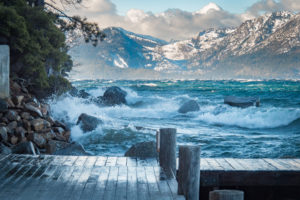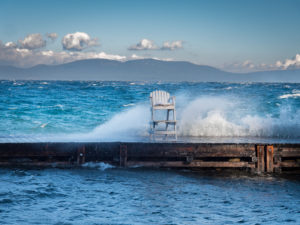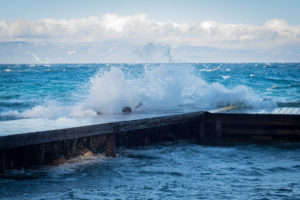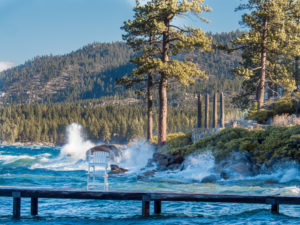On Thursday, May 12, 2022, we were heading home from our epic 50-day road trip I’ve written about extensively in this blog. We were coming from Iowa City and had two more stops to make; St. Paul, Nebraska, and Denver, Colorado.
The following text is excerpted from my travel journal. The journal is usually made up of bullet point details to keep information organized for future trips and/or add details to photographs. However, that storm generated this detailed account.
From the travel journal with slight edits for easier reading:
Route: Interstate 80 to Omaha then Hwy 92 to St. Paul. 36 mph wind gusts. 92 was a two-lane road, passing large trucks and their wind was scary. Omaha is big. It was hazy, windy, and dusty the whole way. Not as hot as Iowa but the truck temperature reading was still 100 degrees.
PM: Judy texted to say a storm just blew through. High winds, hail, lightning tree damage, and rain.
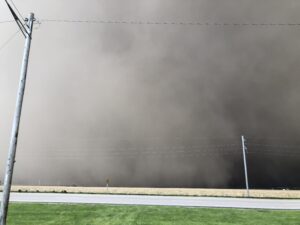
By the time we encountered it, it had turned into a massive dust storm that swallowed the sun. We pulled over at Rising City to wait it out. We faced north, it was coming from the south.
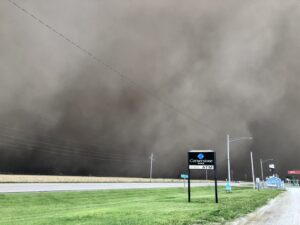
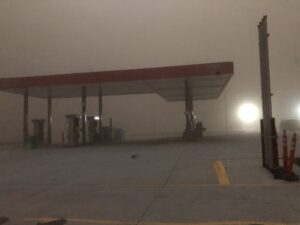
The sky turned to night with black dust and dirt pounding Coyote Hawk. The truck shook, luckily damaging hail skipped us. It was over pretty quick.
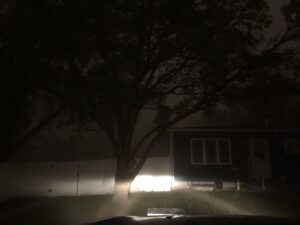
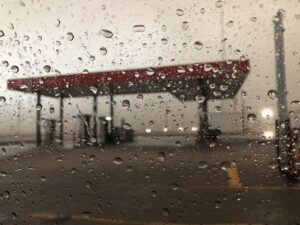
As it grew lighter the rain started and we hit the road.
We took the navigation system down to find a local radio station and, as expected, the tornado warnings were beeping. Not that there WAS a tornado but that a storm capable of causing one was on the march. The NWS (National Weather Service) said a severe thunderstorm was moving at 65 mph NE of Columbus. That was north of us as we took off.
Whew. That was crazy. Everyone parks in garages here because of hail. And they have storm shelters. (End journal entry)
Having grown up in the Phoenix area in the ’70’s I was accustomed to dust storm alerts and knew what to do. Dust in the Valley, however, is a light desert tan, not black topsoil from farms. Apparently, that was just a normal spring day in Nebraska! Yikes!
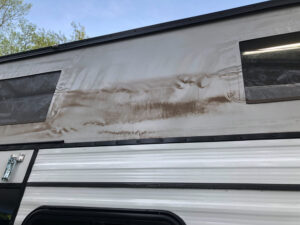 Once we got to our destination and popped the camper up we found dirt for days! We found dirt in places we didn’t know existed…?
Once we got to our destination and popped the camper up we found dirt for days! We found dirt in places we didn’t know existed…?
